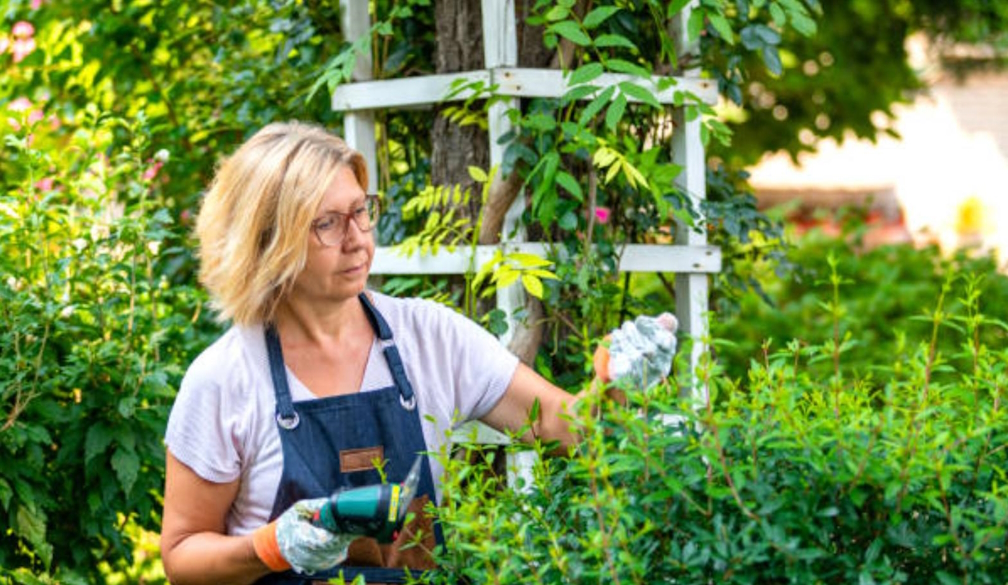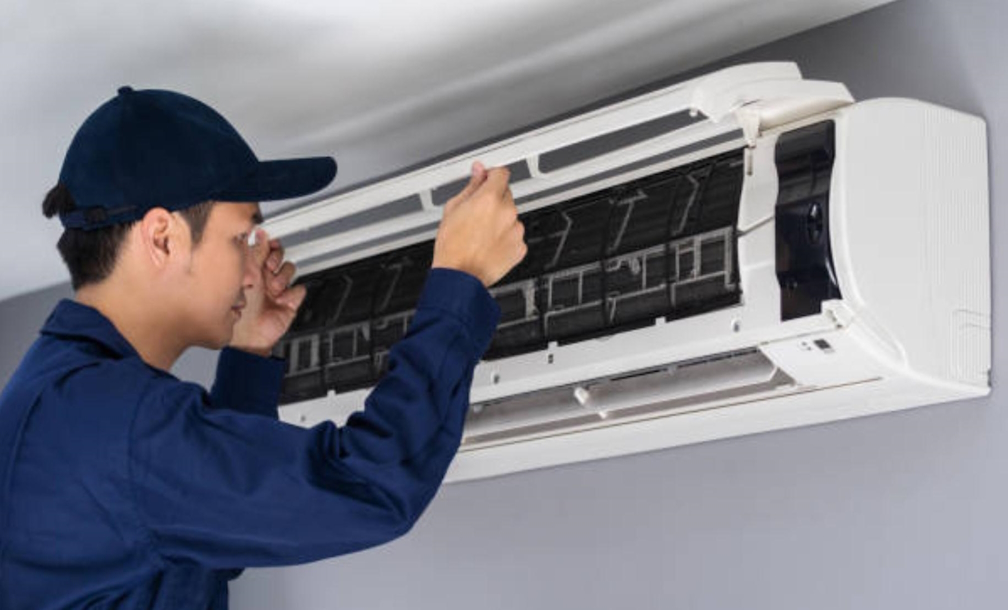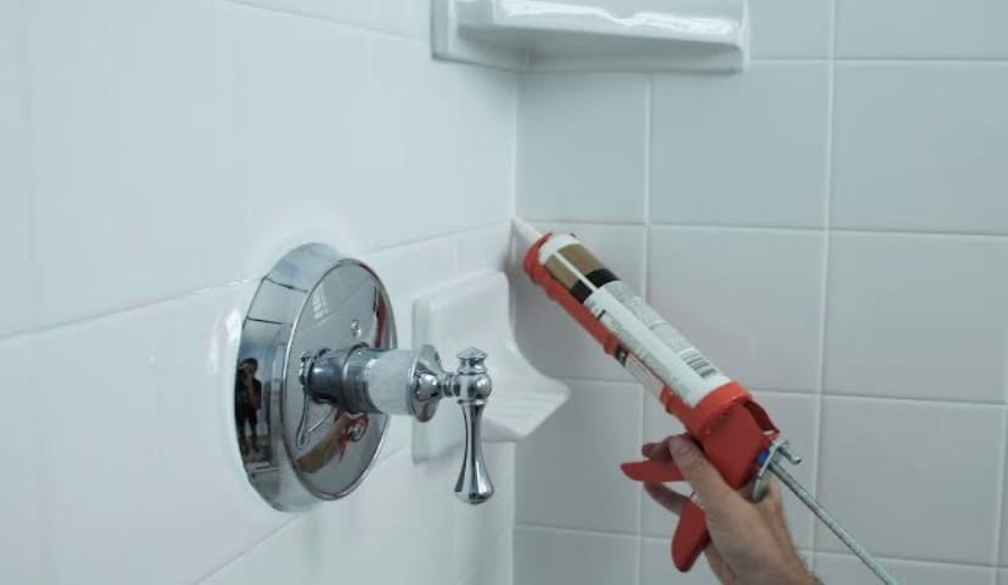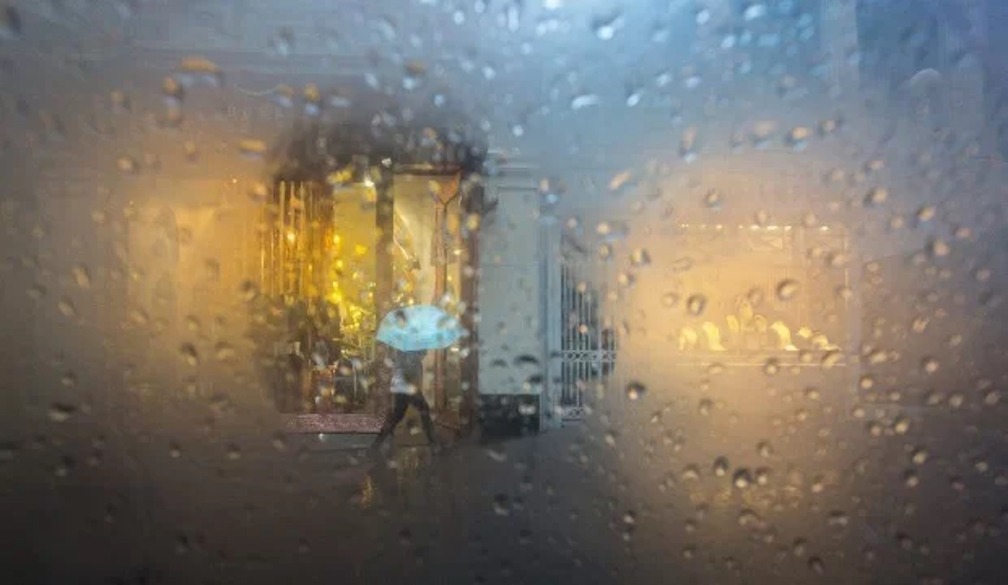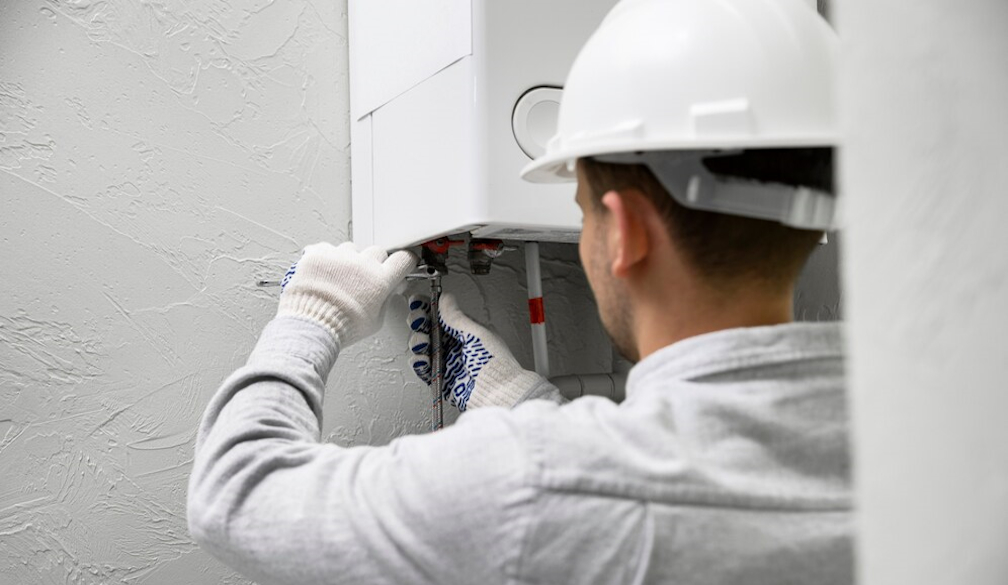How to Successfully Guard your Home Against Storm Water Damage
- Written by NewsServices.com

The most common cause of damage to a home due to stormwater damage is water intrusion through the roof, windows, doors, or foundation. Heavy rain, strong winds, and flooding can cause water to enter the home through any of these entry points, leading to extensive damage.Water intrusion can cause damage to walls, ceilings, floors, and electrical systems, as well as encourage the growth of mould or mildew, which can harm human health. In addition, if water intrusion is not addressed promptly, it can strengthen the home's structural integrity and lead to costly repairs. Therefore, taking precautionary measures to mitigate stormwater damage to a home is essential.
Identify Potential Sources of Stormwater Damage
Inspection of the home’s exterior for potential sources of water intrusion, such as clogged gutters, cracks in the foundation, or leaky windows
Identify areas in the yard that could contribute to stormwater damage, such as a poorly graded yard or improper drainage systems.
Implement Stormwater Management Techniques
Identifying potential sources of stormwater damage in your Queensland home is essential in mitigating the risk of damage caused by heavy rainfall, strong winds, and flooding.
Common sources of stormwater damage include clogged gutters and downpipes, cracked foundations or walls, leaky roofs or windows, and inadequate drainage systems. Water can enter your home through any of these entry points, causing damage to the interior walls, floors, and electrical systems.
It can also encourage the growth of mould and mildew, which can be harmful to human health. In addition, poor drainage in your backyard can contribute to water accumulation around the home, leading to potential foundation issues.
Regular inspections and maintenance by your local Cairns plumber can help promptly identify and address potential sources of stormwater damage, reducing the risk of costly repairs and ensuring the safety and well-being of the home's occupants.
Here are a few quick strategies for managing stormwater events.
- Installing rain barrels or cisterns to collect and store rainwater for later use
- Implement landscaping techniques such as rain gardens, bioswales, and permeable pavement to help capture and filter stormwater on-site.
- Install French drains or other drainage systems to redirect water away from the home's foundation.
Maintain Your Home and Yard
Regularly clean gutters and downspouts to prevent clogging and ensure proper water flow.
Repair any leaks in the roof, foundation, or windows to prevent water from entering the home and remember to keep the yard free of debris, such as leaves or branches, that could obstruct water flow.
If you fail to maintain your home and yard against stormwater events, several negative consequences could occur.
Clogged gutters and downpipes can cause water to overflow and pool around the home's foundation, leading to potential foundation damage and water intrusion into the basement or crawl space.
A poorly maintained roof with missing or damaged tiles or neglect to clean up debris such as leaves or branches from the yard can obstruct water flow and contribute to flooding during heavy rain events.
If you fail to address these maintenance issues, you may be up for costly repairs, compromised safety of your home and family, and decreased property value.
Prepare for Storm Events
In addition to preparing your home and property, you should also have a plan for you and your family. These include practical and economic steps you can take during a stormwater disaster.
- Have an emergency stormwater plan for your family and pets in the event of a severe storm.
- Invest in flood insurance to help cover costs associated with stormwater damage.
- Store important documents and valuables in a safe, elevated location in case of flooding.
According to a report by the Insurance Council of Australia, natural disasters, including storms and floods, caused approximately $1.2 billion worth of insured losses in Queensland in the 2018-2019 financial year. This includes damage to residential homes, businesses, and other properties.
It is worth noting that this figure represents only the insured losses. The total cost of stormwater damage to residential homes in Queensland each year is likely much higher when considering uninsured losses and expenses associated with emergency response, cleanup, and repairs.

